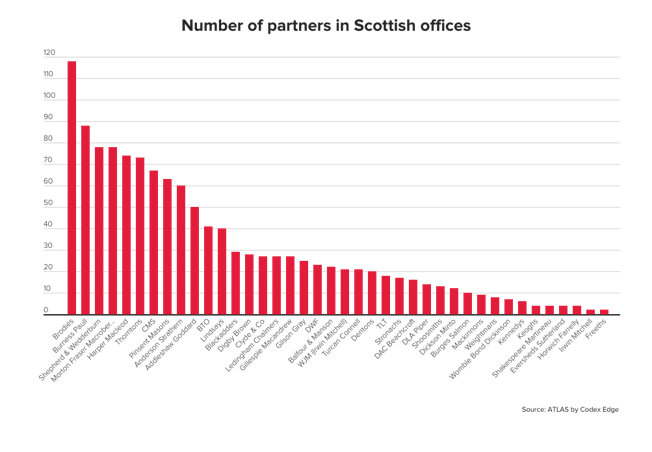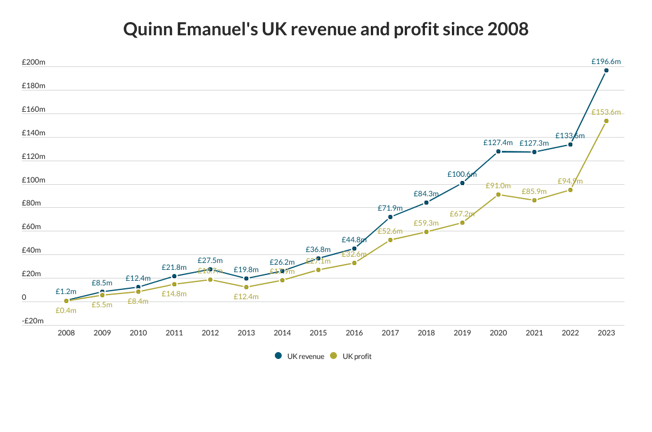
For years, the most significant development in the Dutch legal market over the past decade has been the entry of a stream of international, and primarily UK, firms.
Late last year that changed. In a surprise move two of the Netherlands’ leading firms – De Brauw Blackstone Westbroek and Nauta Dutilh – revealed radical plans to refocus their strategies specifically on Amsterdam. With De Brauw, the move would mean the closure of its offices in Rotterdam and The Hague.
On paper the firm that had most to lose by this development was the country’s largest corporate boutique Stibbe. For years the firm has been the Netherlands’ largest single-site corporate heavyweight. Now it would be facing stiffer direct competition not only from the international firms in the city – indeed the move of Simmons & Simmons, which had a sole Dutch office in Rotterdam, to launch in Amsterdam only served to emphasise the trend – but also from its closest domestic rivals.
With Stibbe nearing the end of its 2006 financial year, The Lawyer asked Stibbe managing partner Joost van Lanschot what his reaction had been when he heard the news about his two closest domestic rivals.
“Their moves didn’t surprise us. There seems to be a logic to it,” says Van Lanschot. “This country is small, the economy is mid-sized, but we’ve always been able to deal with everything from one office. Stibbe has always solely been in Amsterdam, a deliberate choice. So we understand the move of these two firms very well. It makes a lot of sense.”
Competitive marketReassuring words for Van Lanschot’s opposite numbers at De Brauw and Nauta, no doubt. But the Stibbe man is keen to stress that the relative pocket-sized nature of the Netherlands cuts both ways when it comes to the highly competitive Dutch legal market.
“Historically our domestic clients have had more of an Amsterdam background than Rotterdam, that’s true,” he says. “But the size of the country allows us easily to service clients nationwide. Certainly in relation to capital markets, Amsterdam is the Dutch centre of gravity.”
Stibbe’s projected figures for 2006 suggest that it is not yet suffering from the increased competition from its rivals. Van Lanschot puts the budget for the 2006 financial year at “in excess of” E100m (£67.03m), more than 10 per cent up on 2005. He refuses to be drawn on profit, although Stibbe is regarded as among the most profitable of the Dutch domestic players.
The profitability is likely to have been helped by a reduction in headcount in recent years. Stibbe had around 200 fee-earners in 2000. By 2004 it had shrunk to fewer than 150. The losses included a number of high-profile partners, including telecoms specialist Egbert Dommering and IP partners Jan Brinkhof and Kurt Stoepetie.
Two years later the firm is growing again, with 175 fee-earners and 46 partners. As Van Lanschot puts it: “We’ve been breathing with the times. But being big has never been an issue for us, although of course you need a certain critical mass.”
The firm is not alone in shrinking. Historically, Dutch firms have been proportionately enormous in comparison with their overseas rivals, and both of Stibbe’s closest rivals have reduced headcounts recently (Nauta Dutilh in particular).
“The impetus to be smaller came from a generally felt necessity to align, to become more competitive and therefore impose higher standards on ourselves, and therefore be more critical,” says Van Lanschot of Stibbe.
He will not comment on other firms, but the inference is clear: the move of De Brauw in particular to be under one roof, and to execute identical standards of working, thinking and practising, is a matter of alignment. The one-office Stibbe is unlikely to find fault with a similar strategy, albeit at a rival.
“We experience great efficiency and cultural cohesion because we’ve always been under one roof,” says Van Lanschot, adding: “It certainly helps with costs.”
Strong relationshipsOf course, Stibbe may be small, but it is not alone. The firm has a longstanding three-way international alliance with Herbert Smith and Gleiss Lutz. And nowhere is this so obviously productive than in equity capital markets.
Stibbe is currently working on six IPOs, three of them with Herbert Smith. Earlier this month it bolstered its practice by advising private equity house CVC Capital Partners on the E370m (£248.7m) float of Dutch plastic pipe supplier Wavin on Euronext – itself a major Stibbe client, which it advised on its E15bn (£10.05bn) merger with the New York Stock Exchange.
Stibbe partner and corporate head Heleen Kersten led the deal with senior associate Adam Wells. The same team handled the E540m (£363m) IPO of technology business Tom Tom last year, one of the largest deals of its kind in Europe for five years.
“The alliance is a real success, most notably in equity capital markets,” agrees Van Lanschot. “But it’s clear that we’re firmly above budget, virtually in all practice areas.”
Stibbe’s number one area of investment currently is recruitment, as might be expected of an M&A heavyweight in a bull market. It has developed a programme called ‘STBB2NY’, in which 25 Dutch law students are taken to New York for a week to experience life in a law firm. And, no doubt, Manhattan’s hospitality.
It has also been hiring laterals. In April it took the former head of the wage tax team at Deloitte, Gerard van Westen, to co-head Stibbe’s employment, tax and benefits team with employment partner Jaap van Slooten; and in June this year Stibbe hired Willkie Farr & Gallagher’s last remaining Brussels-based competition partner Marc van der Woude for its booming cartel group.
“I see these hires as an answer to our number one strategic driver,” says Van Lanschot, “client need.”
It is the same impetus that is refocusing Stibbe’s rivals in the Netherlands. But it would appear Van Lanschot and his partners are ready for the extra competition. n
























